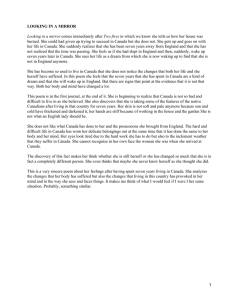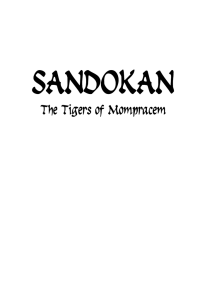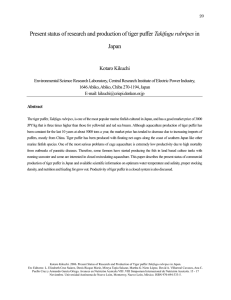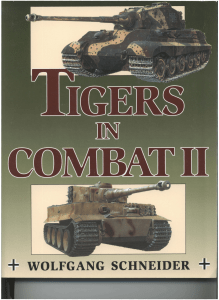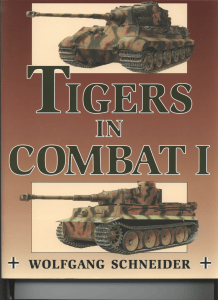The Tyger; William Blake
Anuncio
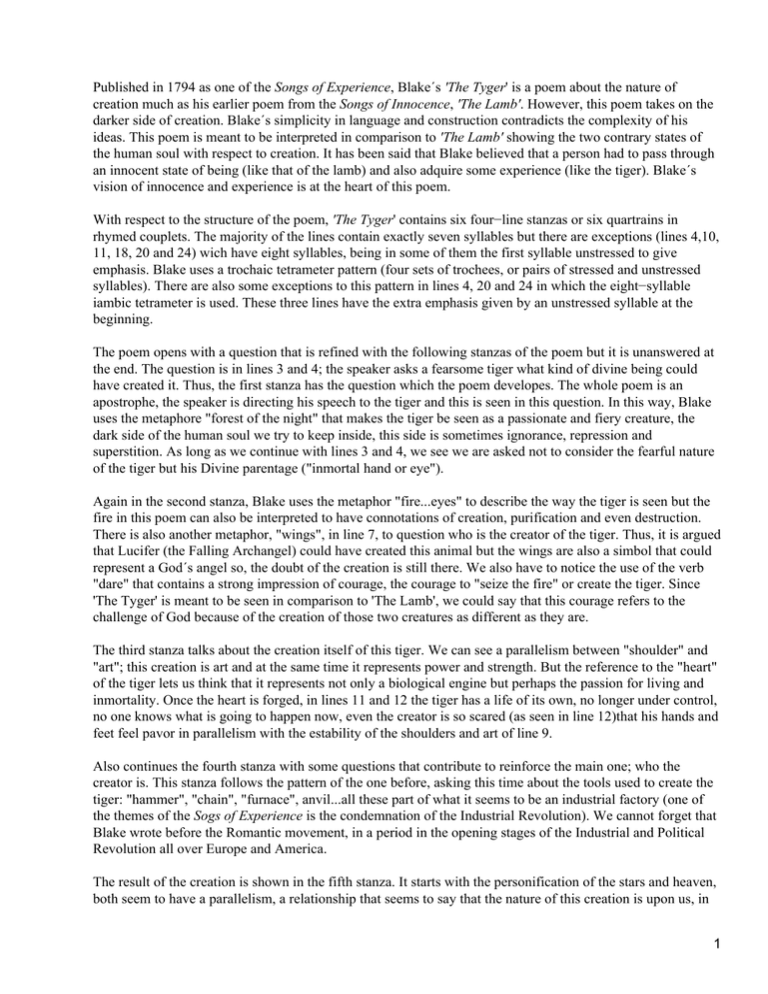
Published in 1794 as one of the Songs of Experience, Blake´s 'The Tyger' is a poem about the nature of creation much as his earlier poem from the Songs of Innocence, 'The Lamb'. However, this poem takes on the darker side of creation. Blake´s simplicity in language and construction contradicts the complexity of his ideas. This poem is meant to be interpreted in comparison to 'The Lamb' showing the two contrary states of the human soul with respect to creation. It has been said that Blake believed that a person had to pass through an innocent state of being (like that of the lamb) and also adquire some experience (like the tiger). Blake´s vision of innocence and experience is at the heart of this poem. With respect to the structure of the poem, 'The Tyger' contains six four−line stanzas or six quartrains in rhymed couplets. The majority of the lines contain exactly seven syllables but there are exceptions (lines 4,10, 11, 18, 20 and 24) wich have eight syllables, being in some of them the first syllable unstressed to give emphasis. Blake uses a trochaic tetrameter pattern (four sets of trochees, or pairs of stressed and unstressed syllables). There are also some exceptions to this pattern in lines 4, 20 and 24 in which the eight−syllable iambic tetrameter is used. These three lines have the extra emphasis given by an unstressed syllable at the beginning. The poem opens with a question that is refined with the following stanzas of the poem but it is unanswered at the end. The question is in lines 3 and 4; the speaker asks a fearsome tiger what kind of divine being could have created it. Thus, the first stanza has the question which the poem developes. The whole poem is an apostrophe, the speaker is directing his speech to the tiger and this is seen in this question. In this way, Blake uses the metaphore "forest of the night" that makes the tiger be seen as a passionate and fiery creature, the dark side of the human soul we try to keep inside, this side is sometimes ignorance, repression and superstition. As long as we continue with lines 3 and 4, we see we are asked not to consider the fearful nature of the tiger but his Divine parentage ("inmortal hand or eye"). Again in the second stanza, Blake uses the metaphor "fire...eyes" to describe the way the tiger is seen but the fire in this poem can also be interpreted to have connotations of creation, purification and even destruction. There is also another metaphor, "wings", in line 7, to question who is the creator of the tiger. Thus, it is argued that Lucifer (the Falling Archangel) could have created this animal but the wings are also a simbol that could represent a God´s angel so, the doubt of the creation is still there. We also have to notice the use of the verb "dare" that contains a strong impression of courage, the courage to "seize the fire" or create the tiger. Since 'The Tyger' is meant to be seen in comparison to 'The Lamb', we could say that this courage refers to the challenge of God because of the creation of those two creatures as different as they are. The third stanza talks about the creation itself of this tiger. We can see a parallelism between "shoulder" and "art"; this creation is art and at the same time it represents power and strength. But the reference to the "heart" of the tiger lets us think that it represents not only a biological engine but perhaps the passion for living and inmortality. Once the heart is forged, in lines 11 and 12 the tiger has a life of its own, no longer under control, no one knows what is going to happen now, even the creator is so scared (as seen in line 12)that his hands and feet feel pavor in parallelism with the estability of the shoulders and art of line 9. Also continues the fourth stanza with some questions that contribute to reinforce the main one; who the creator is. This stanza follows the pattern of the one before, asking this time about the tools used to create the tiger: "hammer", "chain", "furnace", anvil...all these part of what it seems to be an industrial factory (one of the themes of the Sogs of Experience is the condemnation of the Industrial Revolution). We cannot forget that Blake wrote before the Romantic movement, in a period in the opening stages of the Industrial and Political Revolution all over Europe and America. The result of the creation is shown in the fifth stanza. It starts with the personification of the stars and heaven, both seem to have a parallelism, a relationship that seems to say that the nature of this creation is upon us, in 1 the sky. We can also see in some way that the narrator doubts whether the creator will smile or not after have seen his creation. It is now in line 20 where we have the allusion to The Lamb which is associated to God but in this context we could say that the narrator asks the tiger how could the creator make two creatures such different as the lamb and the tiger. Therefore, this last line is a synecdoche, that makes reference to the maker of all things (God). Finally we have the sixth stanza, which is a repeticion of the first one. Blake uses this repetition to reinforce his ideas and to ask us to anothe look at the meaning of this poem. The tiger is not only burning, but it is burning brightly, then isn´t it a creature of light? Thus,if it is a creature of light walking through the darkness (forest of the night), this inner strength serves as a guiding light through this darkness. All in all, this poem that invites a contrast between the perspectives of Experience and Innocence, consists entirely of unanswered questions that, through Blake´s simplicity in the use of language, involve the complexity of creation. Thus, the perspective of experience in this poem involves a sophisticated acknowledgement of what is unexplainable in the universe, presenting evil and God both as possible creators that cannot be denied, but will not have an easy explanation, either. 2
